We spoke with Tomoko Tsukihashi and Seiko Funanokawa, who work as full-time social inclusion staff, a new position created in April 2024, at the Tokyo Bunka Kaikan in Ueno and the Tokyo Photographic Art Museum in Ebisu, respectively. While the Tokyo Bunka Kaikan is a venue for music and performing arts and the Tokyo Photographic Art Museum is a museum specializing in photography and video, both share a common goal of “bringing culture and arts to more people.” We asked the two about their paths to joining the foundation and what they find rewarding about their work.
*Department names and titles are as of the time of the interview
![]()
![]()
事務局からのお知らせ
People Inside Tokyo Metropolitan Foundation for History and Culture Vol. 2: Role of Social Inclusion Staff [Part 2/3]
(Back to Part 1/3)
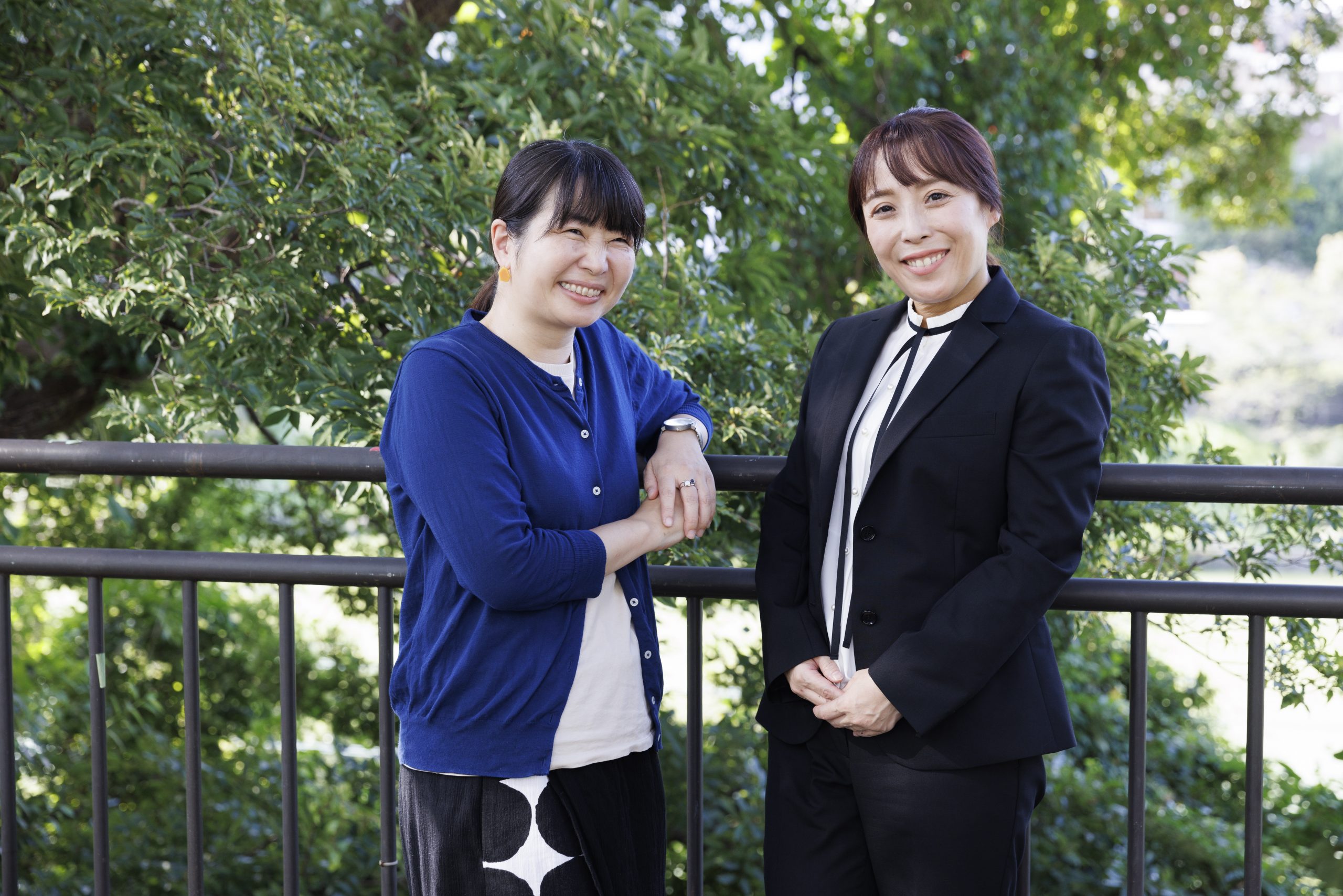
I want to make it a place where I can confidently say, “Please come visit!”—Tomoko Tsukihashi
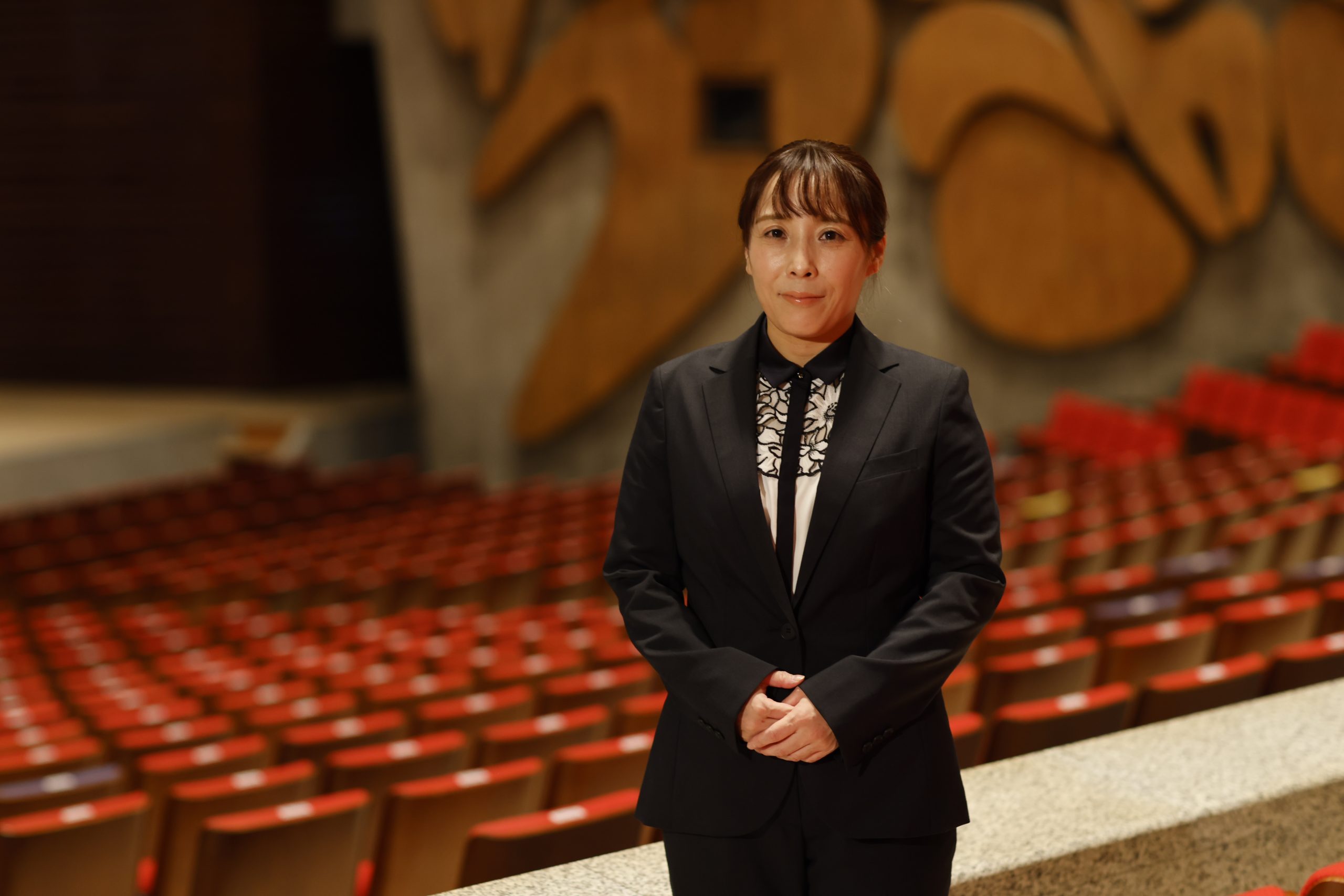
The Tokyo Bunka Kaikan has been offering a variety of programs that allow diverse people to enjoy music, such as Music Workshop for audiences including babies less than one year old and Relaxed Performance for those with concerns about attending a concert. Since Tsukihashi joined in April 2024, the institution has launched a social inclusion project team. It consists of 10 members from each of the facility’s seven departments and meets monthly to advance accessibility initiatives. Current efforts include creating brochures in plain Japanese and tactile maps to introduce the facility, implementing devices that assist low-vision visitors by projecting images onto their retinas, and providing a remote sign language interpretation service. As the team leader, Tsukihashi coordinates across departments to drive these projects forward.
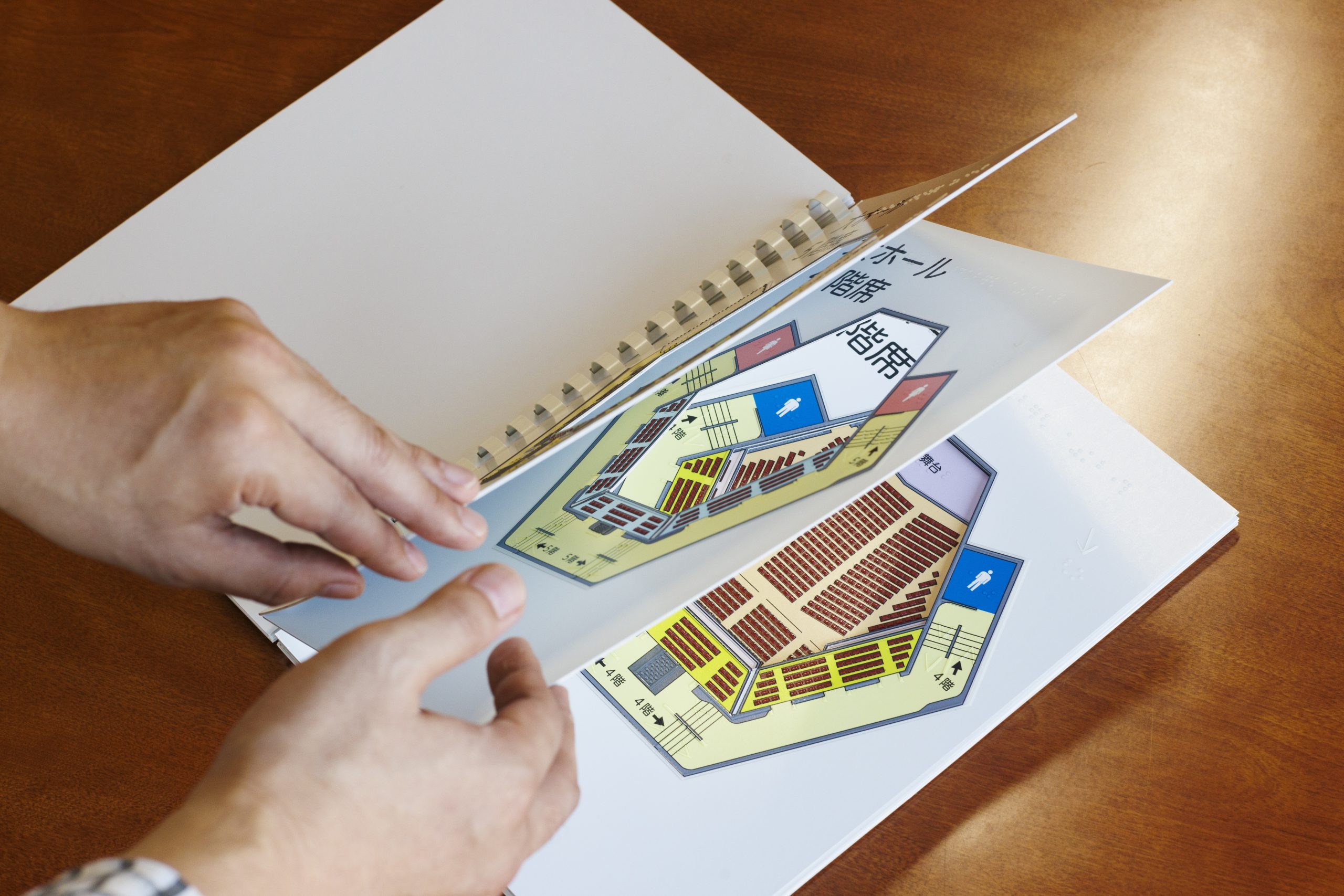
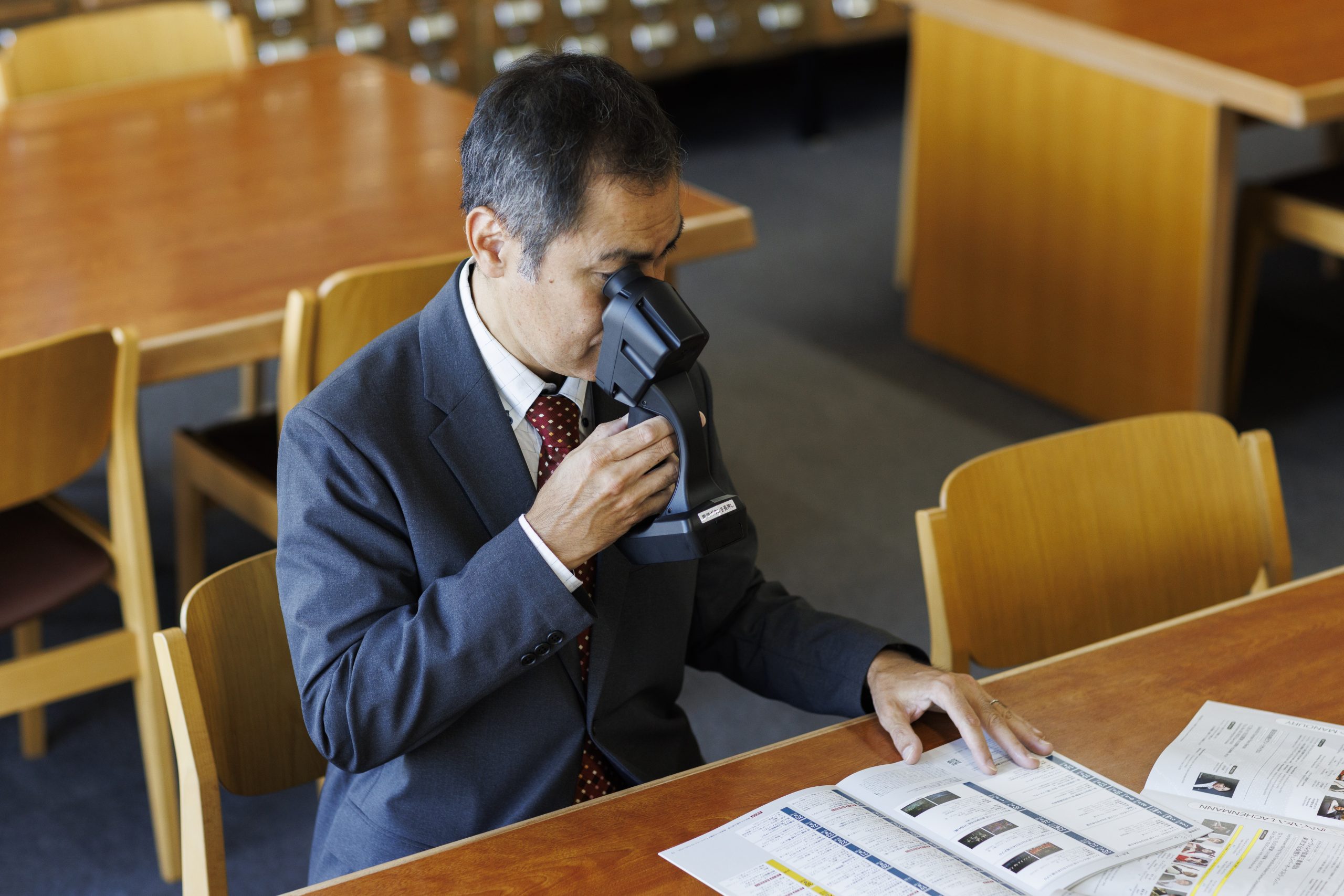
Tsukihashi, who previously worked at another concert hall, mentioned that her experience there significantly influenced her decision to apply for the social inclusion role. One particularly memorable moment was during an outreach concert at an elementary school where a teacher, with tears in their eyes, remarked, “I can’t believe this student, who usually can’t sit still, was able to sit quietly and enjoy the music until the end.” While the comment made Tsukihashi feel a sense of fulfillment, she also felt a pang of frustration, wishing she could confidently say to the student, “Please also come visit the hall.”
“Many concert halls in Japan require people to remain quiet during performances. They are not environments where diverse people can feel comfortable enjoying music together. That experience made me want to create a hall where I can say to everyone, ‘Please come visit!’”
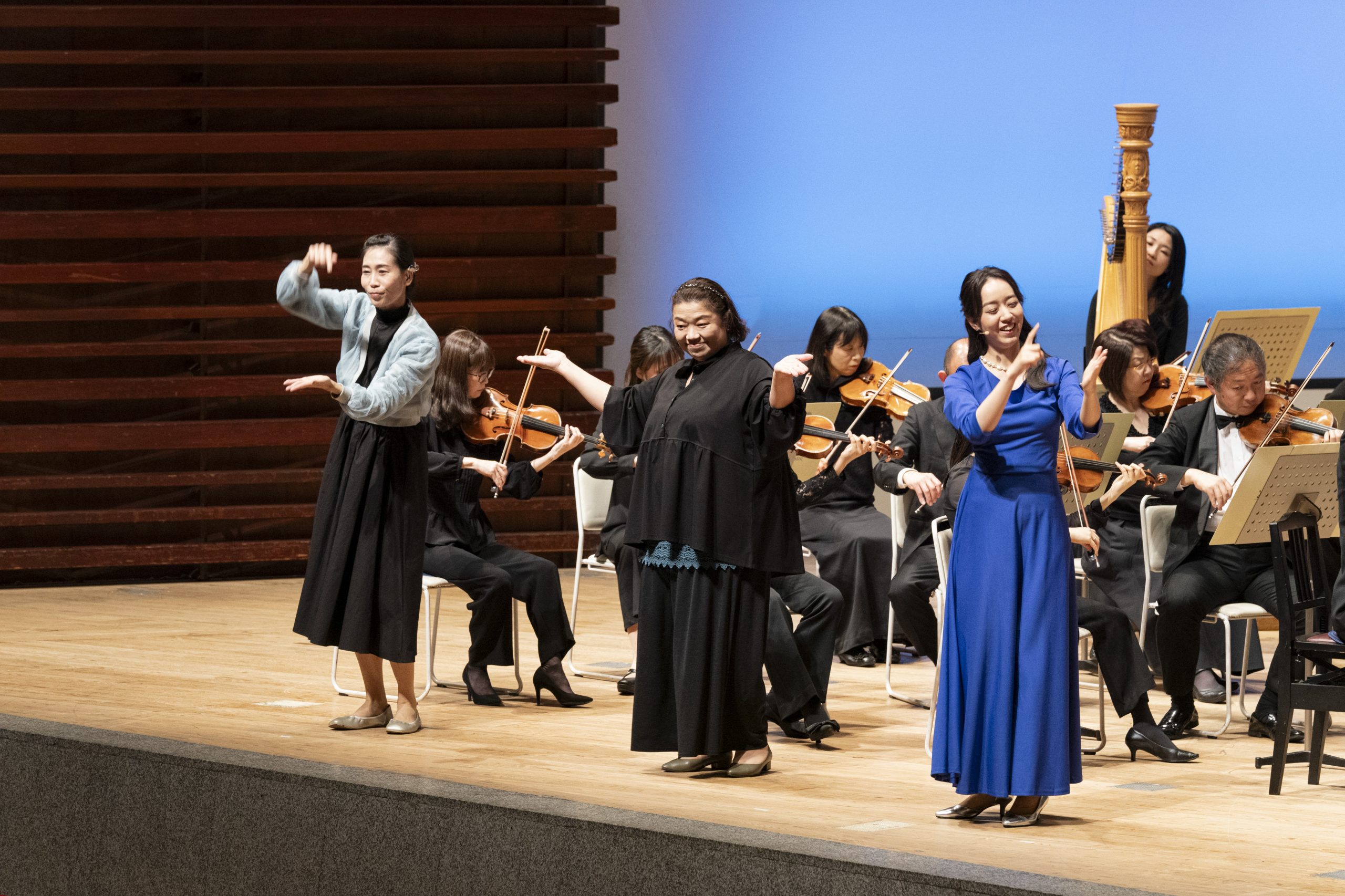
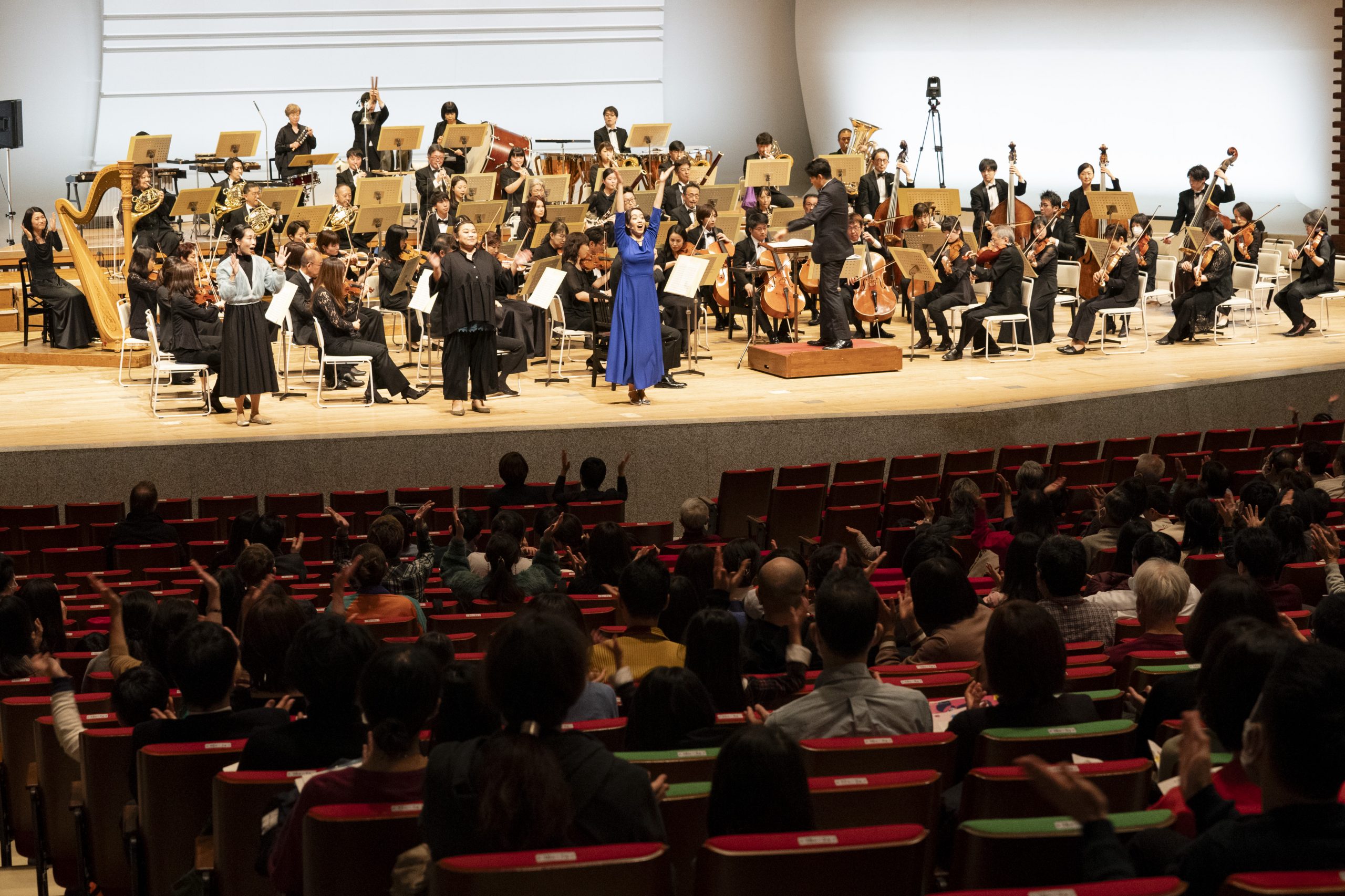
At the Tokyo Bunka Kaikan, efforts extend beyond the hall itself and involve collaboration with other organizations through Partner Program. The program promotes accessibility initiatives to those renting the venues, with a long-term vision of making accessibility a standard at cultural facilities across Japan. The Tokyo Bunka Kaikan’s social inclusion project team is also planning to create tactile models of both the Recital and Main Halls, which will be installed in each hall’s foyer once completed.
“We certainly hope that people with visual impairments will use them, but we want all kinds of people to interact with them. If someone encounters a tactile model for the first time and later tells others, ‘I found this at the Tokyo Bunka Kaikan,’ it could spark further awareness.”
Tsukihashi believes it is essential for many people to learn about these initiatives. She works hard every day, aiming for a future where accessibility is implemented at cultural facilities across Japan.
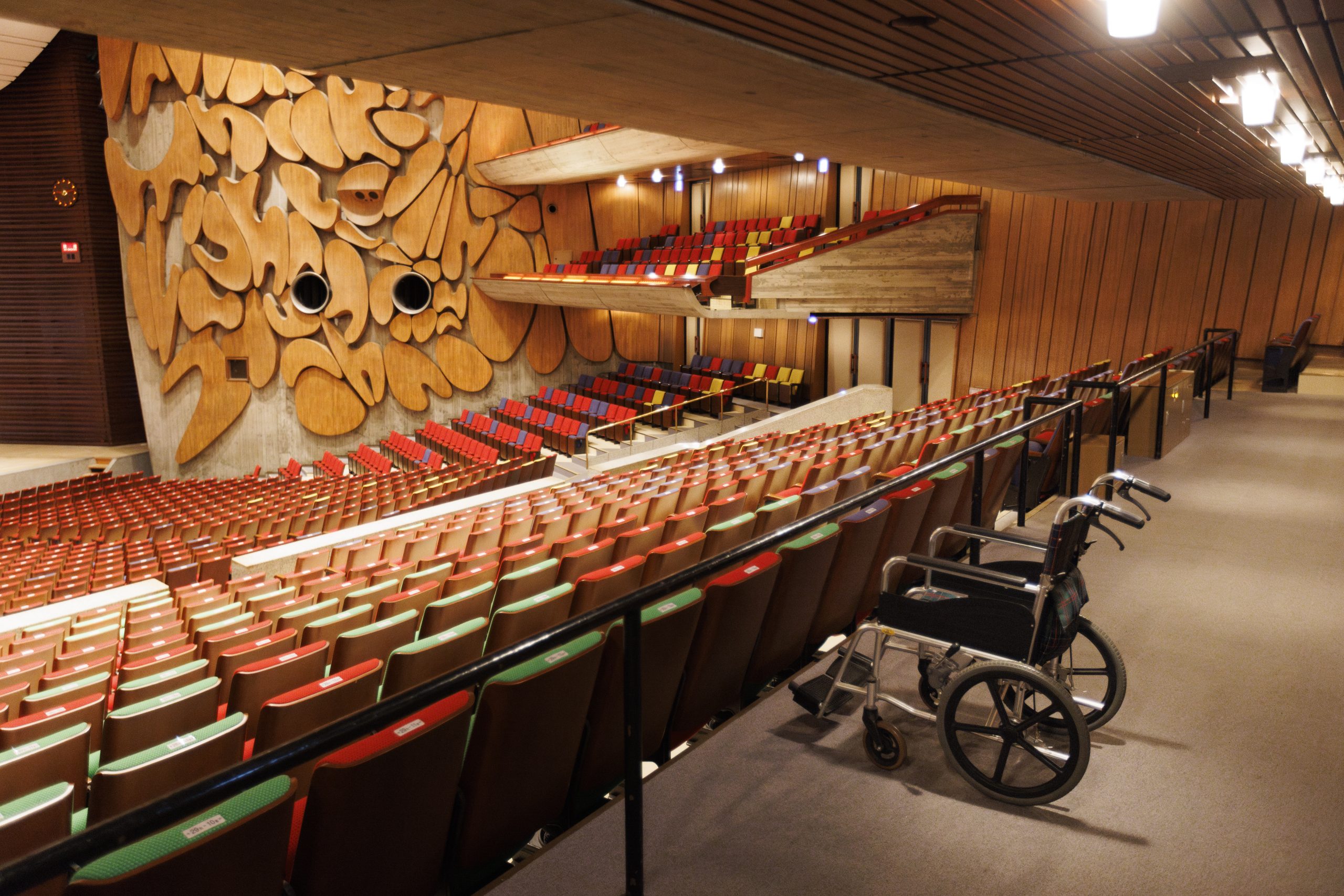
I want to make it a place where I can confidently say, “Job of adding more and more options—Seiko Funanokawa
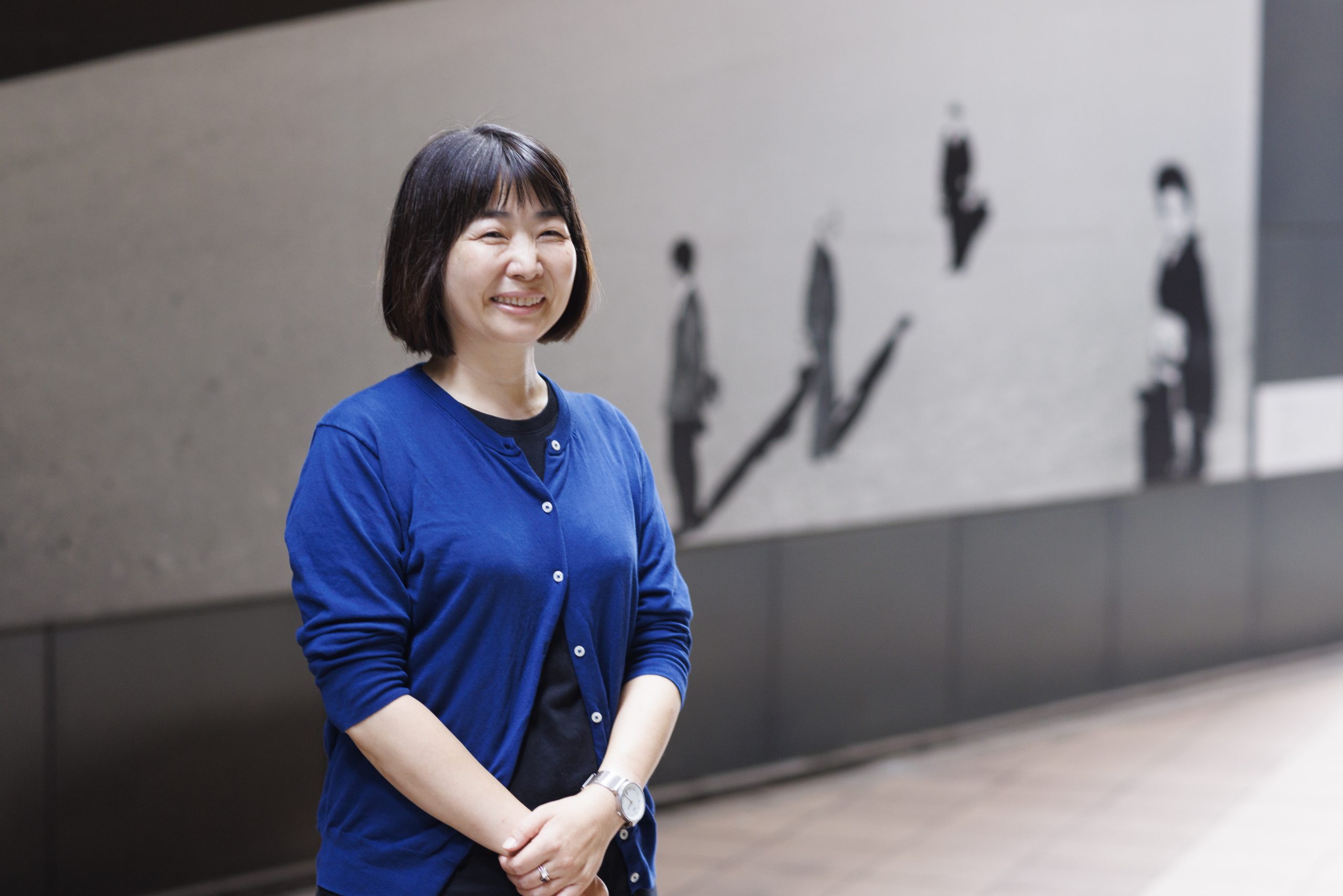
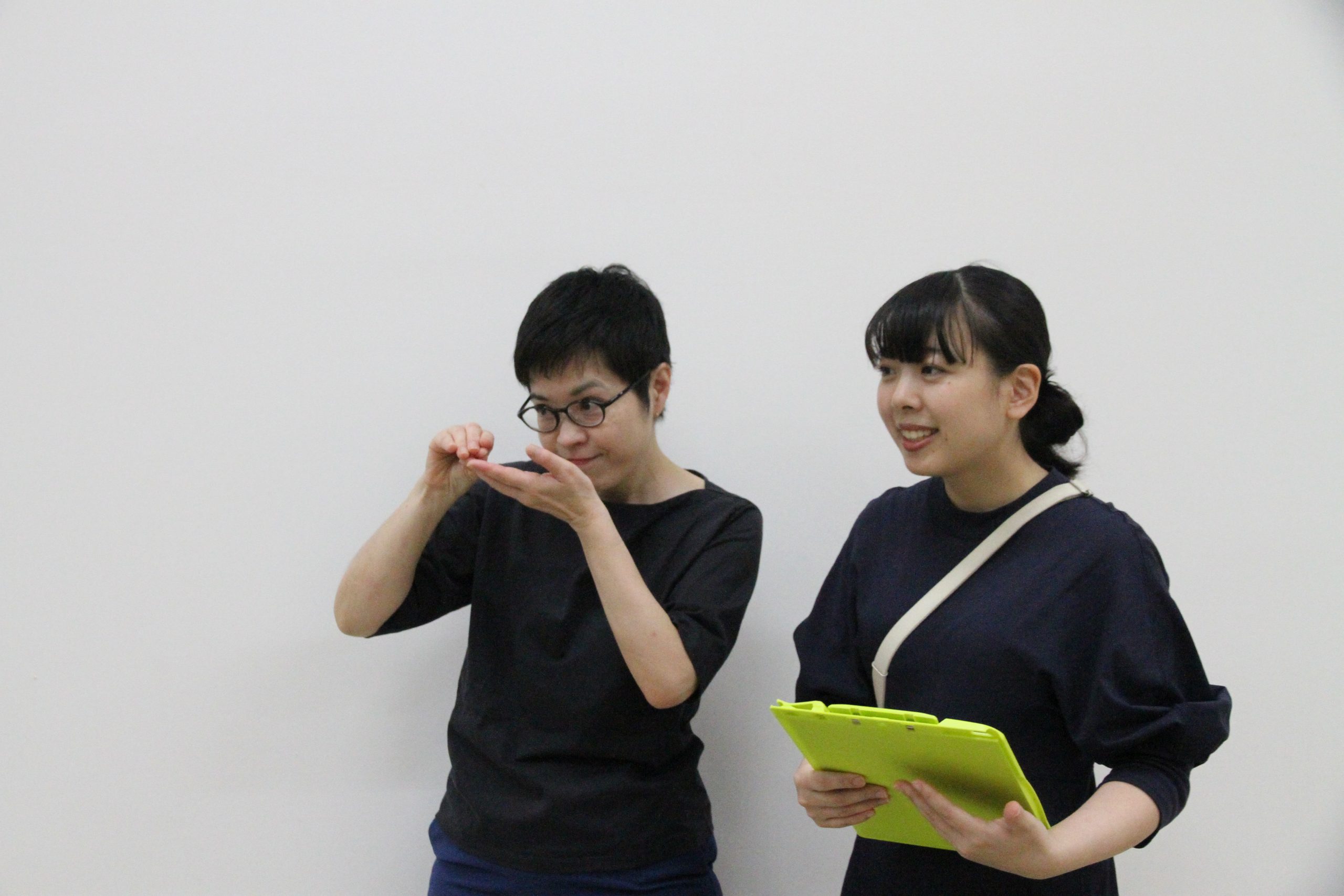
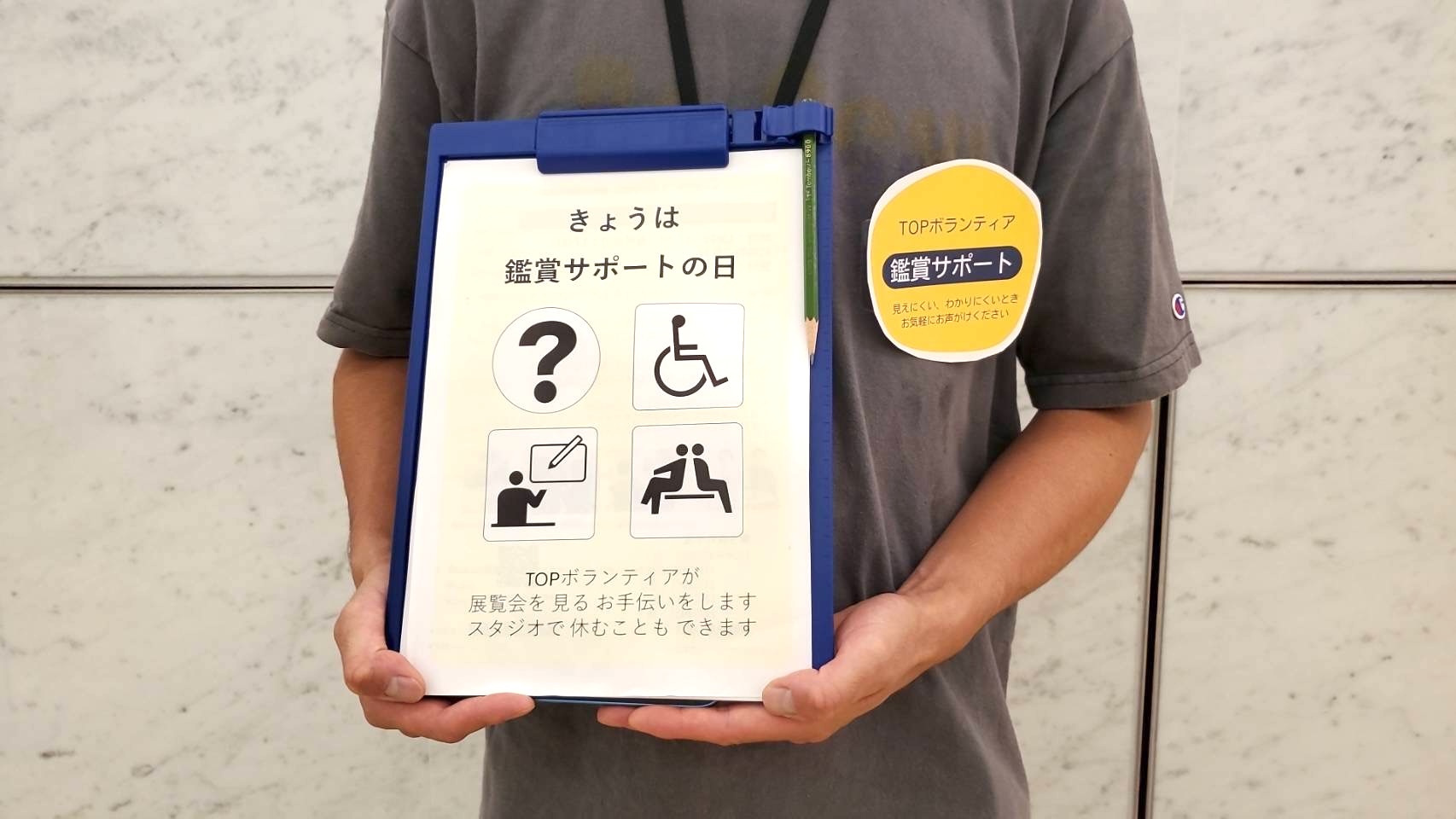
“In the project, I worked with people who had visual or hearing impairments. Through the interaction with them, I found that the ways of conveying information became less about consideration and more of standard practice. That’s when I first became familiar with the concept of accessibility.”
*Cinema Chupki Tabata opened in 2016. It aims to be a cinema for all, offering features such as subtitles and closed captions, audio descriptions for all screenings, a soundproof viewing room, and wheelchair spaces.
https://chupki.jpn.org/
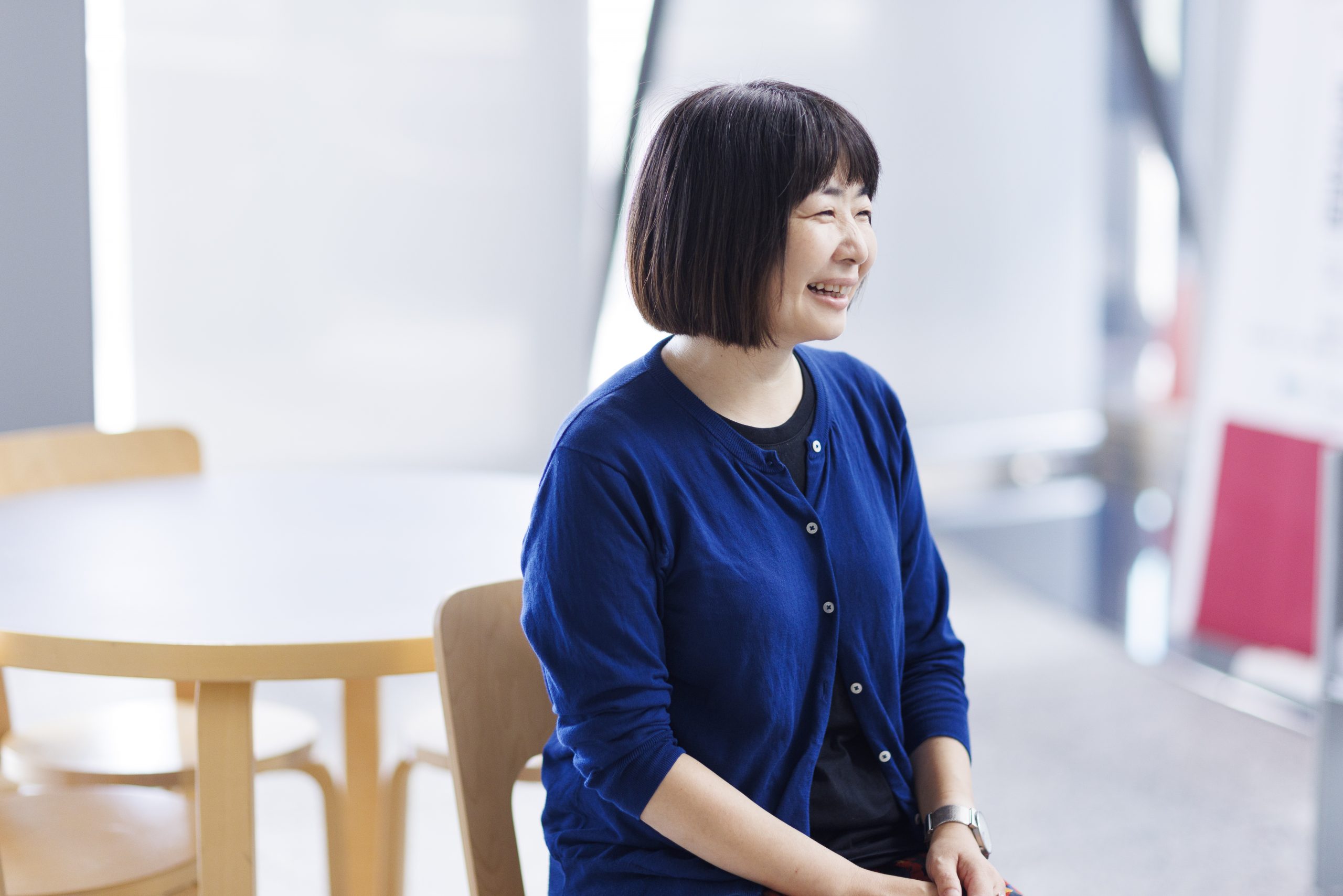
“Museums carefully curate the best possible ways for viewers to experience the artworks, so we only display essential information. But signs may lack English translations, or the placement of certain guides may be confusing. Accessibility isn’t just about accommodating visitors with disabilities—it’s about considering all our patrons’ needs. I try to improve even seemingly minor things whenever I notice them. Sometimes, feedback and comments from visitors prompt these improvements.”
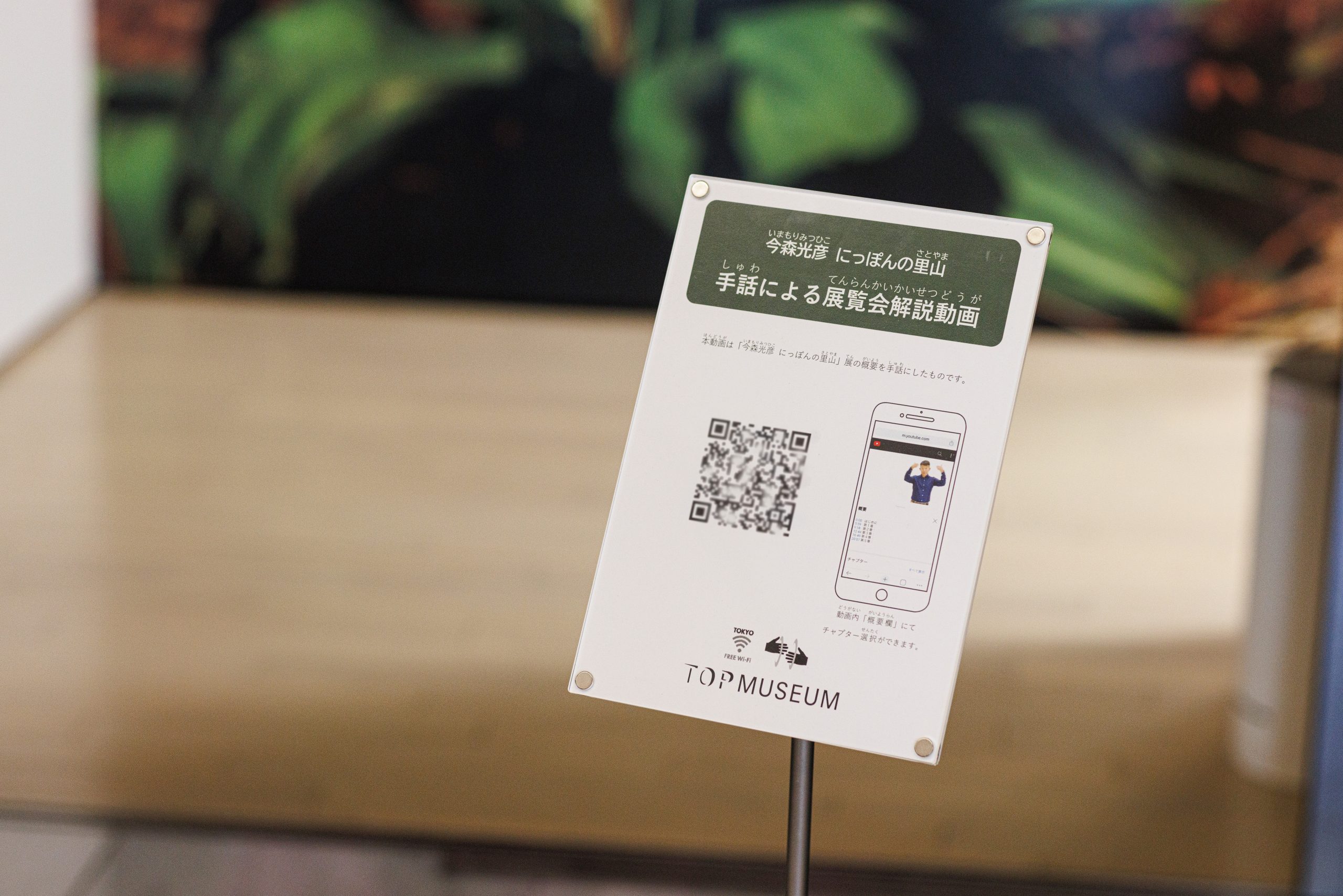
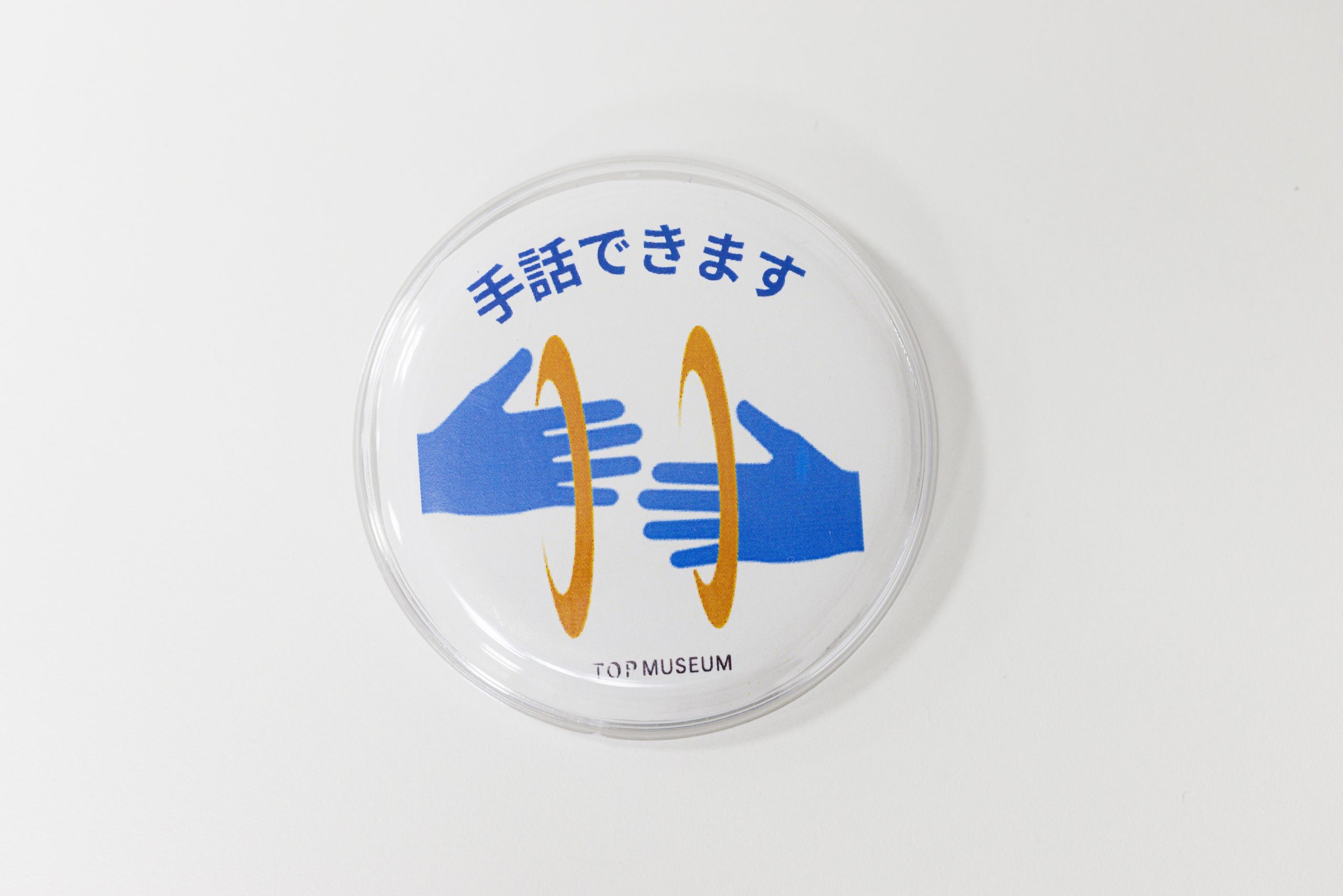
“It’s not possible to meet all needs at once. Sometimes, it’s better to divide up the time and space or use certain tools, so that people can view art at their own pace and in a way that suits them. I hope such efforts would allow everyone to share the experience of enjoying the same artworks, making the time spent in the museum even richer.”
The ideal museum “can be enjoyed by anyone at any time.” To realize this, Funanokawa believes in maximizing flexibility. Her role involves constantly imagining various scenarios and seeking out options. Through her, we saw the creative side of the profession of social inclusion.
Interview and text: Emi Sato, photography: Osamu Kurihara
Translation: Erika Ikeda
(Continued to Part 3/3)


